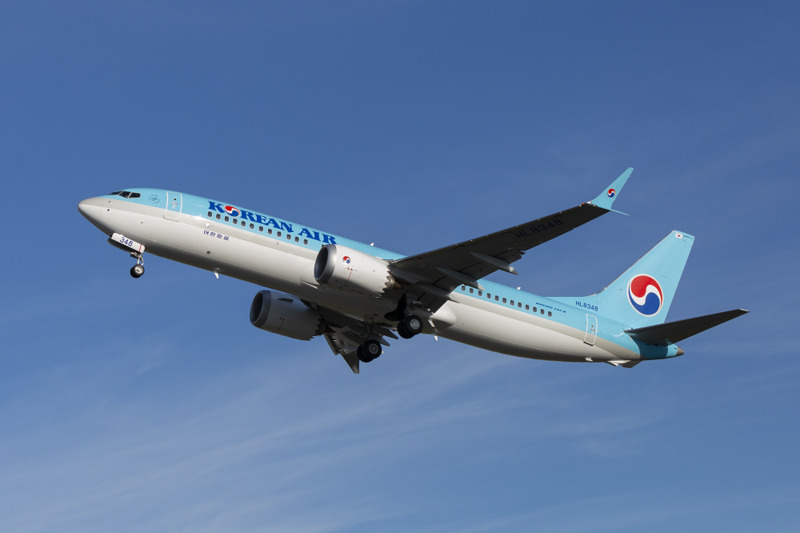Friday, March 21, 2025
South Korea is gearing up for one of its most transformative moments in aviation history as Korean Air edges closer to finalizing a $32.7 billion mega-deal with Boeing and GE Aerospace. The agreement, revealed during a high-profile diplomatic mission to the United States, marks a bold step toward fortifying both commercial and strategic ties between the two nation
At the core of this monumental deal is Korean Air’s plan to supercharge its long-haul capabilities. The airline is acquiring 40 wide-body aircraft—including 20 Boeing 777-9s and 20 Boeing 787-10s—with options to purchase 10 more jets. The value of the aircraft portion alone stands at $24.9 billion. Meanwhile, an additional $7.8 billion will go toward spare GE Aerospace engines and long-term maintenance solutions, ensuring operational efficiency for years to come.
This agreement represents more than just an aircraft purchase—it is a symbol of industrial alignment and future-focused cooperation. With aerospace, semiconductors, and energy identified as shared growth frontiers, the South Korea–US partnership is preparing for deeper integration across critical sectors.
Korean Air’s Evolution Gains Altitude
The aerospace deal comes on the heels of Korean Air’s strategic acquisition of a controlling stake in Asiana Airlines, completed in late 2024. The consolidation is creating a regional powerhouse that will eventually merge into a single entity by January 2027, reshaping the competitive landscape across Asia-Pacific air routes.
To mark its transformation, Korean Air recently unveiled a complete brand overhaul, showcasing a sleek new livery that blends modern aesthetics with Korean heritage. Debuted on a Boeing 787-10 at Seoul’s Gimpo Airport, the fresh design ditches the classic cheatline in favor of smooth, metallic gradients and enlarged emblems. The carrier’s signature “Taegeuk” symbol has been artistically reimagined, and the aircraft body now features an updated font inspired by traditional brush strokes—adding a personal cultural touch to a modern fleet.
The rebranding campaign will gradually roll out across the airline’s existing aircraft, with each repaint taking approximately two weeks. Asiana’s aircraft will adopt the unified design after the final merger.
Asia-Pacific Aviation Enters Growth Mode
Korean Air is not alone in its push for fleet modernization. Airlines across the Asia-Pacific region are actively investing in next-generation aircraft to meet rising demand and prepare for future routes. Notably, major carriers in Malaysia and Japan recently announced new Boeing 737 orders, signaling synchronized momentum among regional players.
With this new $32.7 billion agreement, Korean Air not only enhances its competitive edge but also positions itself as a flagbearer of South Korea’s industrial ambitions. For both nations, the aerospace pact represents a mutual investment in innovation, infrastructure, and the future of global aviation.
